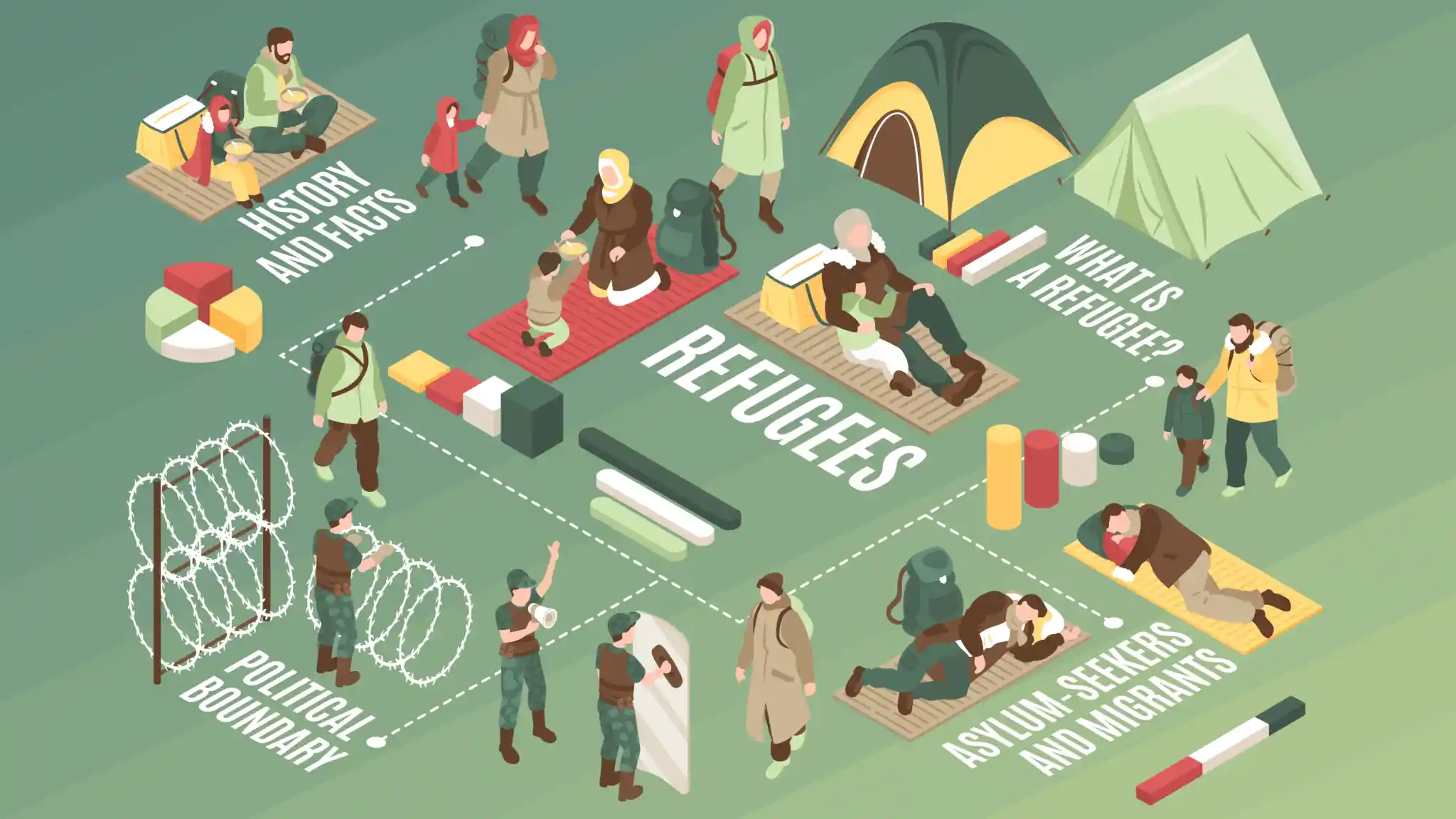A refugee is a person who has been compelled to leave their country due to persecution, war, or violence. A refugee is someone who has a legitimate fear of being persecuted because of their ethnicity, religion, nationality, political opinions, or participation in a specific social group. These conditions also include the conditions in the countries of origin; the destination countries’ asylum burden, political ideology, openness to outsiders, diplomatic relationships, economic conditions, need for population replacement, the ten-year average refugee recognition rate, domestic refugee legislation and administrative considerations.
Findings About Asylum Seekers
The findings have suggested that conditions in the origin countries are known to produce refugee outflows and influence how destination countries allocate protection to asylum-seekers. However, the amount of protection provided by destination countries is found to be impervious to refugee-generating conditions in the origin countries. It will be suggested that the supply of protection is pegged at a level deemed acceptable to the destination country, with fluctuations occurring as a result of a change in domestic factors such as increasing asylum applications and growing numbers of foreigners. The proportion of asylum-seekers allowed to remain in destination countries is described as the ‘recognition rate’.
UN Convention on Refugees
Geneva Convention of 1951 outlines exactly who is considered a refugee and what kind of legal protection, other aid, and social rights should be provided by the nations that have signed the agreement. In addition, the Convention specifies a refugee’s responsibilities toward host governments and particular groups of persons, such as war criminals, who do not qualify as refugees. Following World War II, the Convention was only able to protect mostly European refugees, but as the global displacement issue grew, another treaty, the 1967 Protocol, broadened the Convention’s purview.
The 1951 Refugee Convention is a multilateral UN treaty that establishes the definition of a refugee, as well as the rights of individuals who are granted asylum and the obligations of nations that do so. The Convention specifies who is ineligible for refugee status, including war criminals. Additionally, the Convention permits some visa-free travel for those who possess refugee travel credentials issued by the Convention.
Country-Wise Stats Regarding Refugee Seekers
According to UNHCR around every 7 in 10 of all refugees, people in need of international protection come from just five countries.
| SNO. | Country | Refugees |
| 1. | Syrian Arab Republic | 6.8 million |
| 2. | Venezuela | 5.6 million |
| 3. | Ukraine | 5.4 million |
| 4. | Afghanistan | 2.8 million |
| 5. | South Sudan | 2.4 million |
Türkiye (Turkey) is known to host the largest number of refugees, with around 3.7 million people. Colombia is second with more than 2.5 million, including other people in need of international protection.



